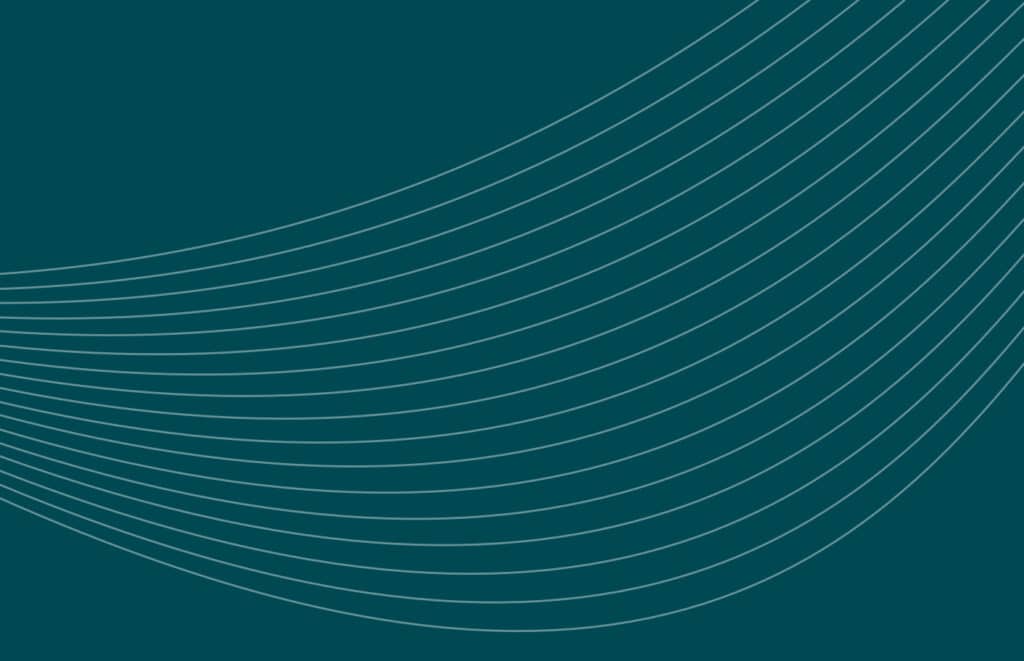Table of Contents
According to a recent Forbes article entitled, “How the Subscription Economy is Disrupting the Traditional Business Model,” author Kimberly Whitler explains the meaning and how the phrase “subscription economy” got its start:
“The Subscription Economy is a phrase, coined by Zuora, describing the new business landscape in which traditional pay-per-product (or service) companies are moving toward subscription-based business models.”
CEOs and C-Suite executives that have been in the business world for longer than a decade have seen this radical transformation from pay-per-product to subscription and Software as a Service (SaaS) models happen before their very eyes — and they’ve likely been part of it every step of the way.
The Subscription Economy and the evolution of Software as a Service in general has shifted the way we think about how technology is used across the organization — both in scenarios of B2B and B2C organizations. Regardless of industry, no longer do CEOs & C-Suite executives evaluate a product, go through an RFP process, and select their vendor based on the product alone.
The Subscription Economy Affects Vendor & Customer Relationships
The Forbes article describes the change like this:
“The Subscription Economy has increased the intimacy between SaaS companies (or software vendors) and their customers. In the Subscription Economy, every company must better manage a direct, complex, responsive, multi-channel relationship with its customers. Customers are absolutely key in this relationship and rather than putting the focus of the business on the ‘product’ or the ‘transaction,’ Subscription Economy companies live and die by their ability to focus on the customer.”
In today’s Subscription Economy, there are many other factors that play into the role of SaaS that have changed the way executives view the bottom line impact. While there are several major components to this mindset shift, we’ll explore two below:
A Focus on Lasting Relationships
No longer do CEOs and C-Suite executives choose a product based simply on price or features. While product sophistication and capabilities certainly do play a role, there is much more focus on the relationship aspect, both from the vendor’s point of view as well as from the customer’s point of view. SaaS companies are incredibly focused on customer success, which is why most SaaS companies now have a specific department dedicated to helping their accounts see lasting value by building long-term relationships, renewing accounts, and up-selling into the current customer base. You’ve likely heard the statistic that “acquiring a new customer is anywhere from five to 25 times more expensive than retaining an existing one” (source: Harvard Business Review). Of course, that statistic depends on each industry and a variety of other factors, but it’s true nonetheless: acquiring new customers is much more costly than keeping current customers happy and successful.
And from a customer’s point of view, they want a partnership with their provider. They need to know that their provider has a vested interest in their success and will do anything in their power to help them succeed in the short term, but more importantly in the long term. They seek out education, thought leadership, direction, corrective criticism, and most of all a true partnership from their SaaS providers.
As the Forbes article mentioned above states, “Rather than putting the focus of the business on the ‘product’ or the ‘transaction’, Subscription Economy companies live and die by their ability to focus on and serve the customer over time.”
A Race for Value, KPIs, and ROI
SaaS providers are more tied to value, Key Performance Indicators (KPIs), and ROI than ever before. In the previous pay-per-product world, an executive or designated team would purchase a product or software based on their evaluation criteria, and they would do everything in their own power to ensure the product succeeded in their organization — but it was simply a transaction on the provider’s part.
But subscription-based companies are only as valuable as the outcomes they provide to their customers. That’s why conversations between SaaS providers and customers or potential customers are centered around results, goals, and customer case studies that prove tangible bottom line impact and are much less about the here and now of current features and product capabilities.
The Forbes article explains that, “Now, the formula for growth is focused on monetizing long-term relationships rather than shipping products.” In today’s Subscription Economy, SaaS providers have to prove monetization for all of their product or service offerings in order to remain competitive in the market.
The Bottom Line Impact
The rise of the Subscription Economy has incredible benefits to organizations in today’s digital age. SaaS companies are focused on building lasting customer relationships, providing tangible value, and helping their customers achieve important KPIs and realize ROI.
But for many organizations, keeping track of the sheer amount of SaaS providers that each organization counts on for sales, marketing, administration, hiring, tracking, forecasting, customer success, and more can be simply overwhelming. CEOs and C-Suite executives need a way to ensure they are getting the most from their SaaS investments, from their spending to utilization across the organization to employee feedback and beyond.
Without real-time insight into how each SaaS application is performing and how each technology investment is being utilized, how do executives know what the Subscription Economy actually means to their bottom line?

